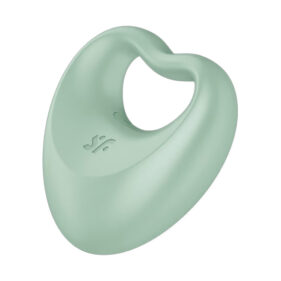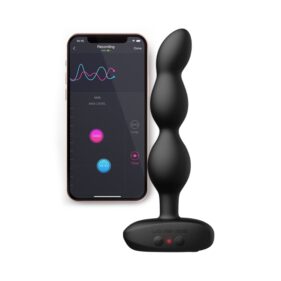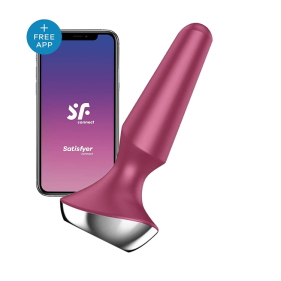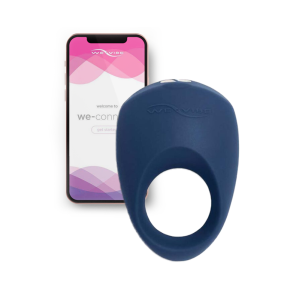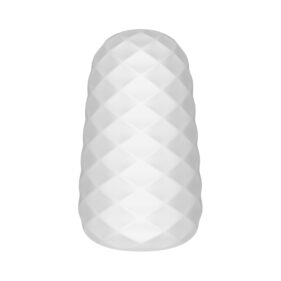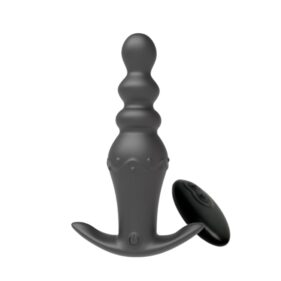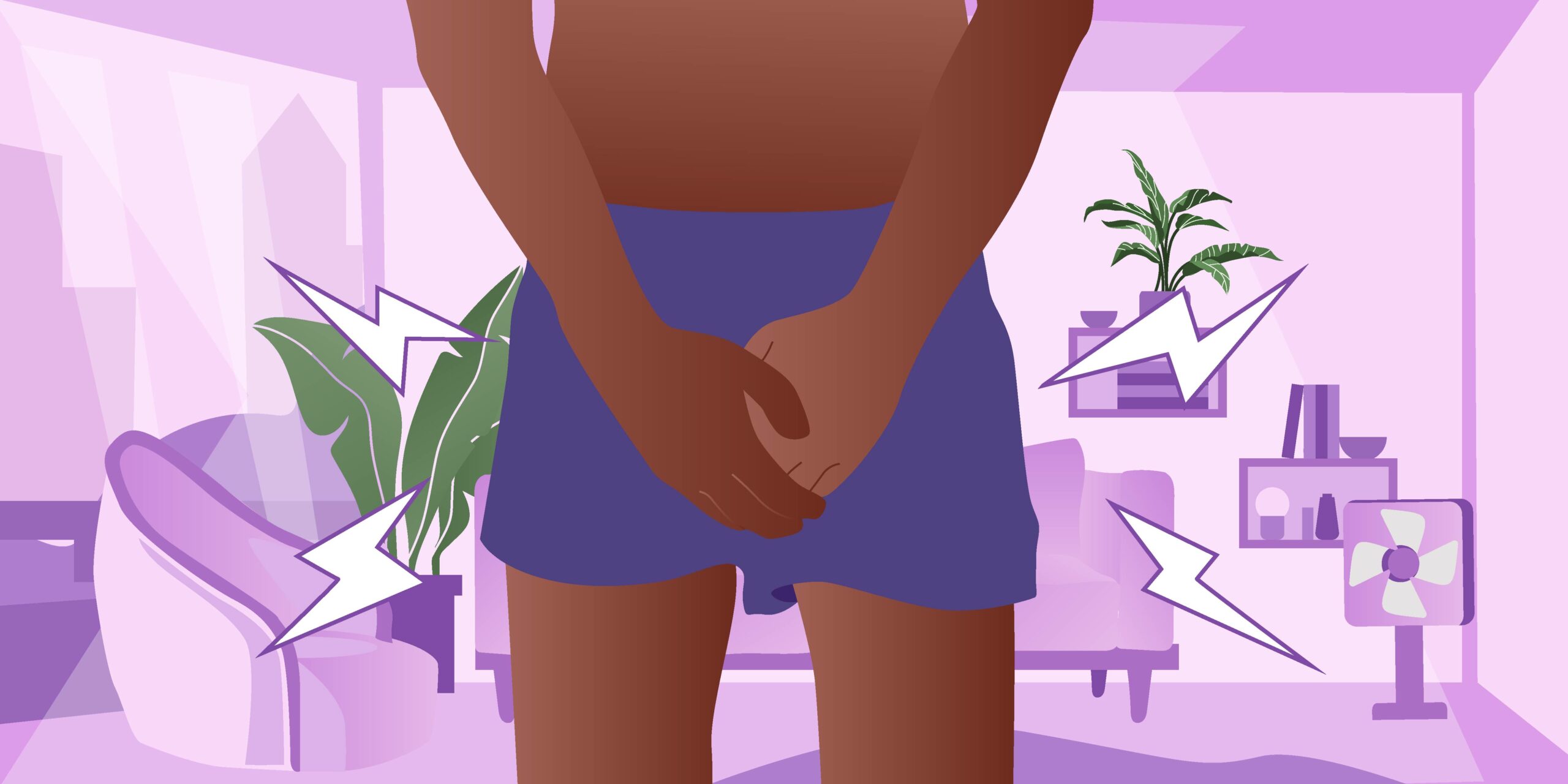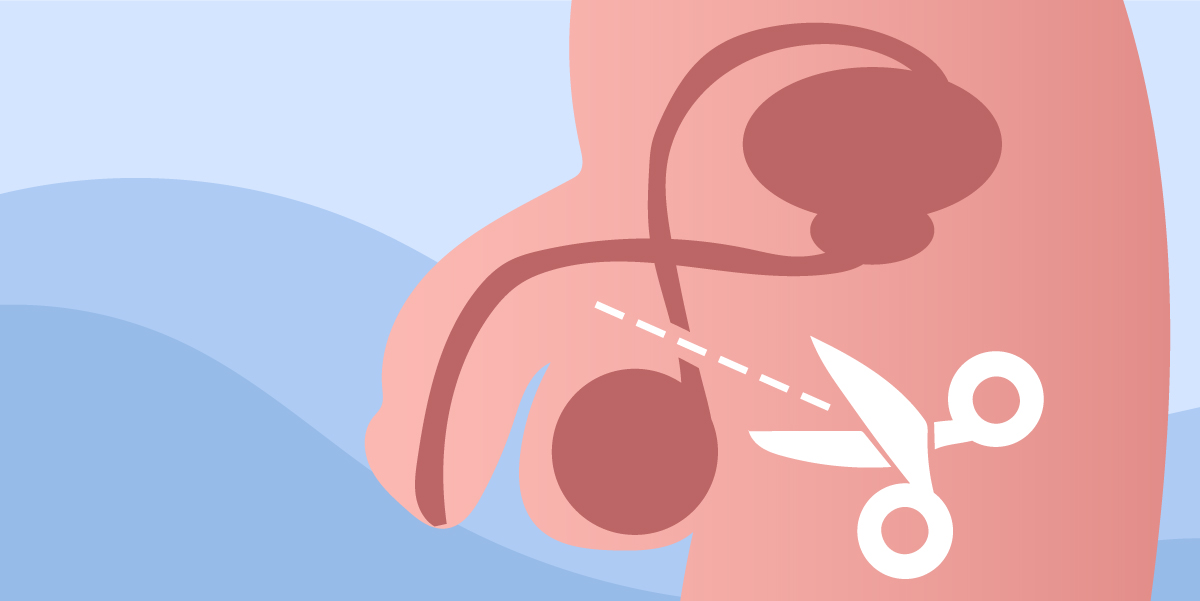
The responsibility of birth control is very often put on the shoulders of women, but thanks to technology and medical advancements, men can opt to take on some of the burden. Vasectomies are highly effective and simple procedures men can undergo to take an active part in preventing unwanted pregnancies.
What is Vasectomy?
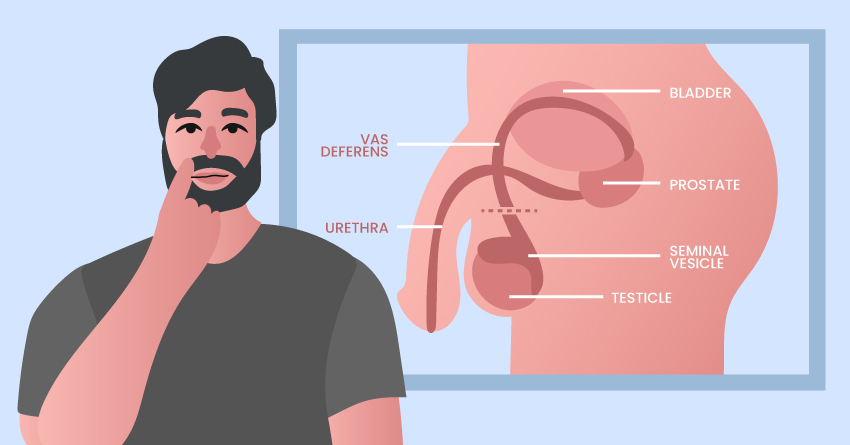
A vasectomy is a surgical male birth control method that cuts the supply of sperm to a man’s semen. A doctor cuts and seals vas deferens, the tubes that carry sperm. It is an outpatient surgery with a low risk of complications or side effects. Vasectomies allow you to ejaculate semen that does not carry reproductive cells or any sperm. You will no longer need to take birth control steps before sex, such as putting on a condom.
Two Types of Vasectomy
There are 2 types of vasectomy procedures. Here are the two options that you should discuss with your doctor to see which procedure is best for you.
Conventional vasectomy involves the doctor numbing your scrotum with a local anesthetic before making 2 tiny cuts in the skin on each side of your scrotum. They will then locate the vas deferens – the tubes that carry sperm from your testicles – and cut the tubes and remove a small section of it. The ends of the tubes are sealed using heat or tying them together. The cuts are then stitched together using dissolvable stitches that go away in about a week.
No-scalpel vasectomy starts the same way, but instead of cutting beside the scrotum, a tiny puncture hole is made in the skin of your scrotum to reach the tubes. The tubes are then cute and closed in the same way – either sealed with heat or tied. There is minimal bleeding and no stitching required with this procedure. It is reportedly less painful and less likely to cause complications.
Benefits of Vasectomy
A vasectomy can take the stress off pregnancy between you and your partner. This type of birth control has plenty of benefits, and we’ll be detailing them here:
1A vasectomy is a highly effective form of birth control.

Vasectomies are the most permanent and one of the most effective birth control out there — more than 99% effective at preventing pregnancy. Post-vasectomy sex is carefree since you don’t have to worry about contraceptives, all you have to worry about are STIs – and if you’re in an exclusive relationship, that isn’t even an issue.
2Vasectomy is simpler than tubal ligation or female sterilization.

Vasectomies can be the cheapest birth control option in the long run if you aren’t planning to conceive with your partner. The constant purchasing of birth control pills and condoms can add up over time. Tubal ligation is the female version of a vasectomy that involves a surgical procedure in which the fallopian tubes are permanently blocked or removed. While a vasectomy is a simple procedure localized to the scrotum, a tubal ligation involves the exposure of more organs and blood vessels.
Here in the Philippines, the cost of tubal ligation may range from around P10,000 to P15,000 for one-day ward admission or P20,000 to P25,000 for a private room. With vasectomies, the price can vary between P20,000 to P50,000 in major hospitals. But you can also get a vasectomy for free from specific groups and clinics. There are groups such as No Scalpel Vasectomy International Inc. and Do It Right who provide vasectomies to Filipinos for free.
3In case you change your mind, you can reverse a vasectomy through surgery.

While a vasectomy is reversible, it does not mean that you will be able to conceive. The time that has passed since you had a vasectomy to the scheduled reversal plays a role in the viability of your sperm for conception. A vasectomy reversal can be done in one of two ways.
Vasovasostomy is the method where your doctor sews the ends of the vas deferens from the testes to the penis back together.
Vasoepididymostomy is when the doctor attaches the vas deferens to the small organ at the back of each testicle that holds sperm. This one is far more difficult than a vasovasostomy. Your doctor may only choose this method if you can’t have a vasovasostomy or if they don’t think it will work.
4Sex will still feel natural after the procedure as vasectomy doesn’t halt sperm production.

A vasectomy will have no effect on your sex life. Your orgasms and ejaculations will be exactly the same with the exception of your semen not being able to fertilize your partner’s egg. A vasectomy takes the burden of preventing pregnancy off your partner, which can make your partner see you as even sexier. It can also strengthen your relationship and make intimacy more enjoyable for both of you. You may even have sex more often because spontaneous sex becomes a possibility without the worry of conceiving being on either of your minds.
5Sex will become more satisfying post-vasectomy.

Men—and their female partners—usually report that vasectomies tend to enhance their sex lives. There have been reports that men that underwent vasectomies have sex an average of 5.9 times per month compared to 4.9 times for non-vasectomized guys. Because of the viability of impromptu sex sessions, you can have sex anywhere and anytime which greatly increases the chances of getting it on with your significant other.
6The surgical vasectomy process is quick and is easy to understand.
The details of vasectomies are clear and easy to comprehend. Here is a simple animated video explaining the surgery process if you want to see how the whole procedure is.
Vasectomies are pretty speedy procedures that take under 30 minutes from start to finish. While there is a bit of discomfort that may occur, there isn’t any long-term pain that should be experienced.
7The procedure won’t be too painful as you go along.

After the initial pinch from the administration of anesthetics, it should just feel like a regular exam. The local anesthetic is there to ensure that you do not feel any pain during the procedure. In case you’re feeling nervous or apprehensive before the procedure, you can consult your doctor for medications you may take to stay calm.
8It’s a one-time procedure that provides permanent contraception.

When you get a vasectomy, you don’t really have to worry about contraception again. You may have to wear a condom for a couple of ejaculations after the procedure, but after that, it’s out of your mind. Healthcare professionals recommend testing your semen at least once a year after your vasectomy to check its effectiveness.
9The procedure is low-risk and your doctor will do what they can to make the procedure as comfortable as possible.

Vasectomies are usually uncomplicated. There is about a small 2 to 3 percent chance of infection, bleeding, or pain. You may also get medicine before the procedure to help you relax.
10The recovery time can be quick post-vasectomy.
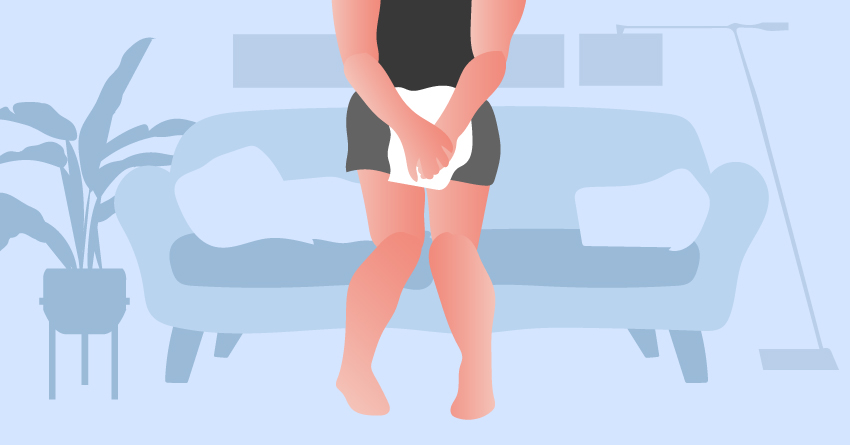
A week to 10 days is usually all you need to recover post-procedure. While recovering, remember to constantly apply an ice pack to the sire and have low activity levels to help your body heal.
Risks from Vasectomy
While the risks are low when you undergo a vasectomy, we cannot deny that they can still happen. Here are a couple of risks you should consider before undergoing the relatively risk-free procedure.
Short-Term Effects
The short term effects will come with the procedure and will usually wane over time, and they are the following:
1There may be slight discomfort and pain during the procedure.
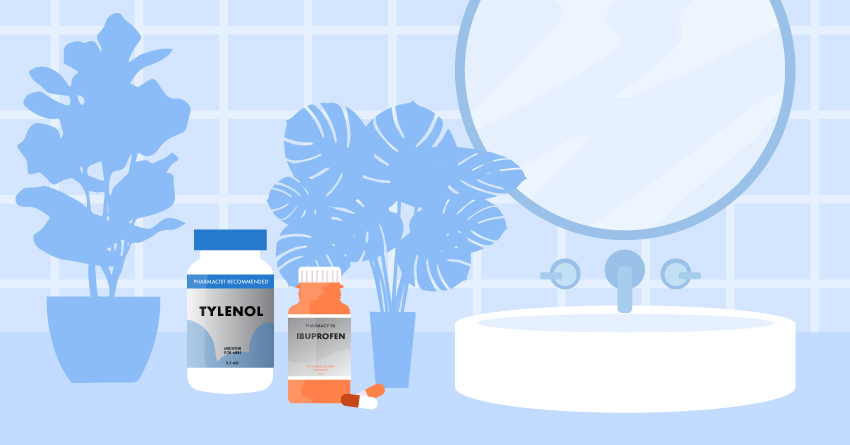
Some pain and discomfort are not unusual during your vasectomy. Taking pain relievers like ibuprofen may help ease the pain. Wearing supportive underwear can lift the testicles and relieve some pressure off the incision site.
2There will be discoloration of the scrotum.
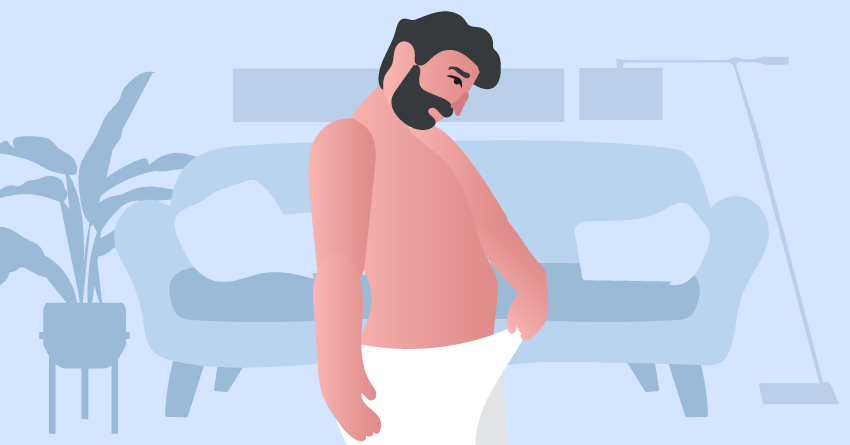
The scrotum can be expected to swell and bruise after the vasectomy. The initial discoloration isn’t a cause for concern and will resolve quickly.
3There could be a surgical site infection.

With any surgical procedure, there is a risk of infection. A vasectomy is not an exception. Of course, the doctor and any other medical staff involved will practice proper sanitation like washing their hands and sterilizing the incision area.
4There will be short-term bleeding or hematoma.
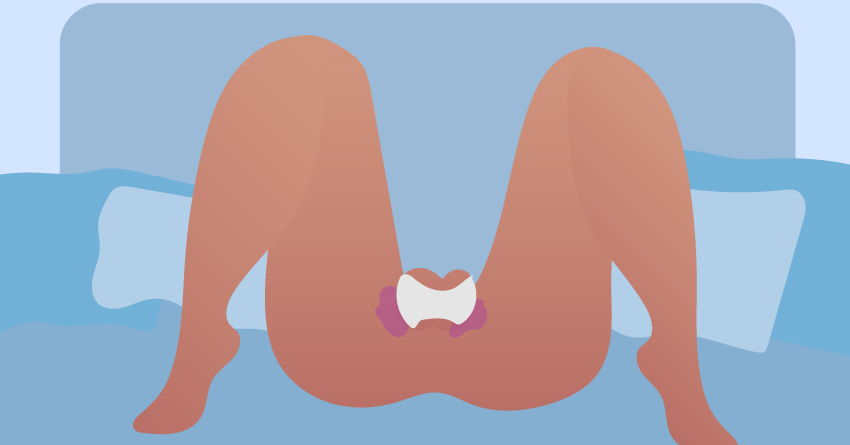
Short-term bleeding post-vasectomy may also take place. Bleeding-related complications may include bleeding from the surgical site or a hematoma. A hematoma is a collection of blood that can press on other nearby structures in the body. Only 4 to 20 percent of patients experience bleeding, but that usually resolves after the surgery.
5There’s a possibility of swelling.
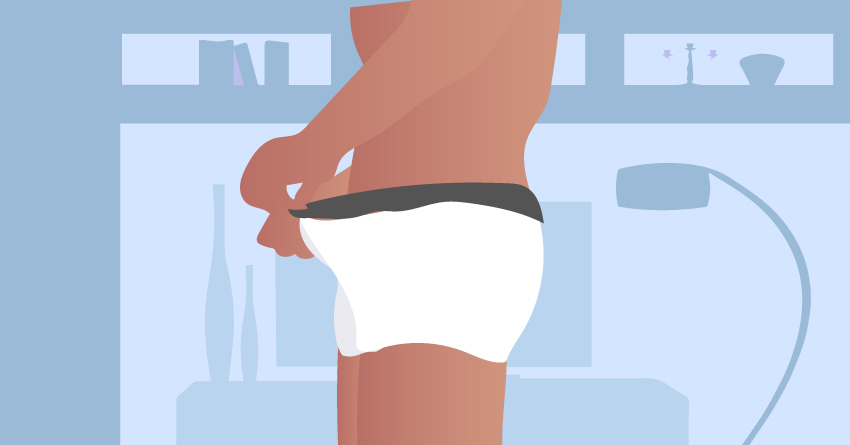
There can be a multitude of factors that cause swelling post vasectomy. It can be attributed to bleeding, hematomas, or formation of fluid collection postsurgery. Swelling is related to the previously mentioned side effects and typically subside over time. Should the swelling persist, consult your doctor as they may need to drain the affected area.
6There is a risk of the procedure failing.

Most reports have shown that vasectomies have a failure rate of <1%. This happens in very rare cases. One of which is when the doctor misses the vas deferens during the procedure. Or in even rarer instances, when your tubes regrow. 8 to 16 weeks post-vasectomy, you may be asked to come back to the doctor’s office and provide a semen sample. This will be tested to determine if sperm is still present in your semen and if you and your partner can forego other birth control methods.
Long-Term Complications
The chances of getting these long-term complications are small, but it’s ideal to familiarize with them and inform your doctor if you notice them on yourself post-surgery:
1There may be chronic scrotal pain after the surgery.
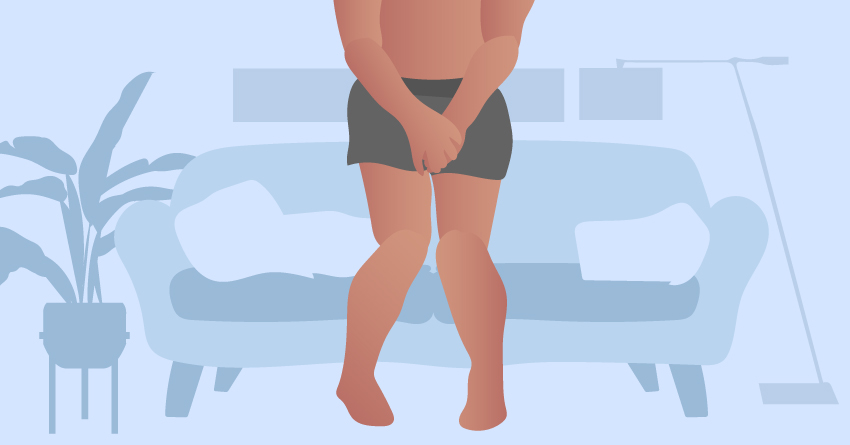
While pain and discomfort is pretty normal after your vasectomy, chronic pain is not. It can range from a dull ache to sharp pain. It can become so intense that icing the affected area may not be able to alleviate the pain. In some cases, this may result in a vasectomy reversal.
2There is a risk of delayed surgical failure.
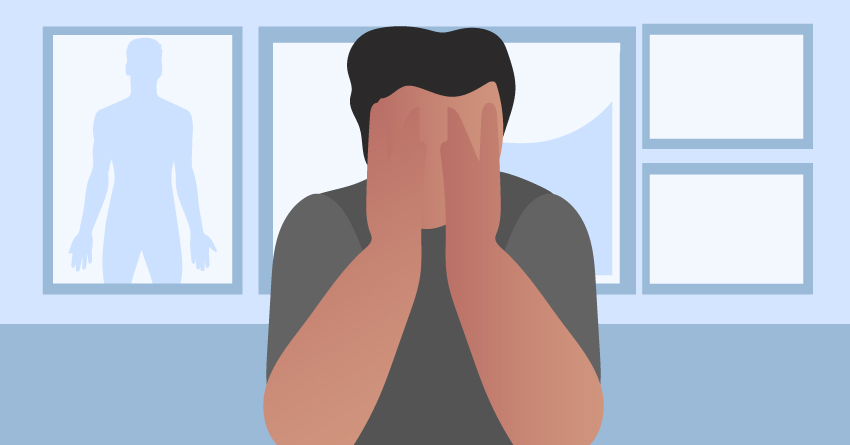
After his vasectomy, a man typically should have negative or nonviable sperm in their semen sample. This confirms that the vasectomy was able to stop the delivery of sperm to the semen. However, there have been instances when the previously cut vas deferens grow back together after some time. This results in a delayed vasectomy failure and may accidentally impregnate their partner. Recent research estimates this occurs in 0.05 to 1 percent of all men who undergo vasectomies.
3There is a threat of vasovenous fistula.
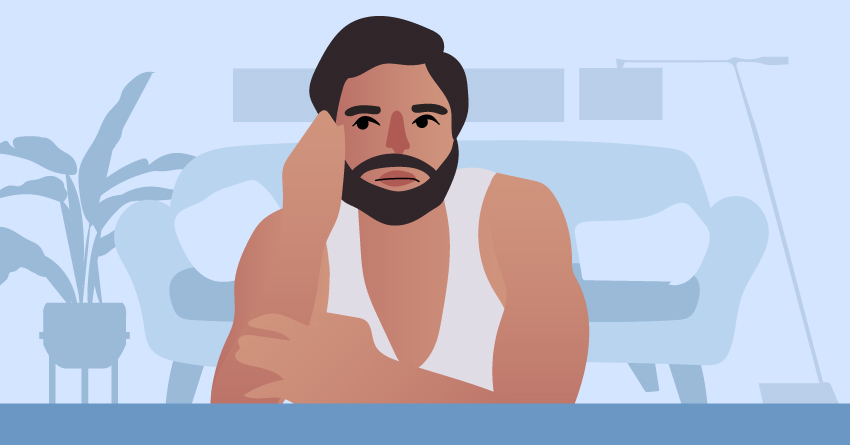
A vasovenous fistula is a highly rare complication of vasectomy where multiple blood vessels adhere to the vas deferens and become injured when a man has a vasectomy. A pooling of blood may occur, and this leads to a fistula or creates an abnormal connection between the vas deferens and the nearby blood vessels. This may result in bloody urine or ejaculation. This complication is extremely rare, but if you have these symptoms, seek medical attention.
4There is a risk of epididymitis.
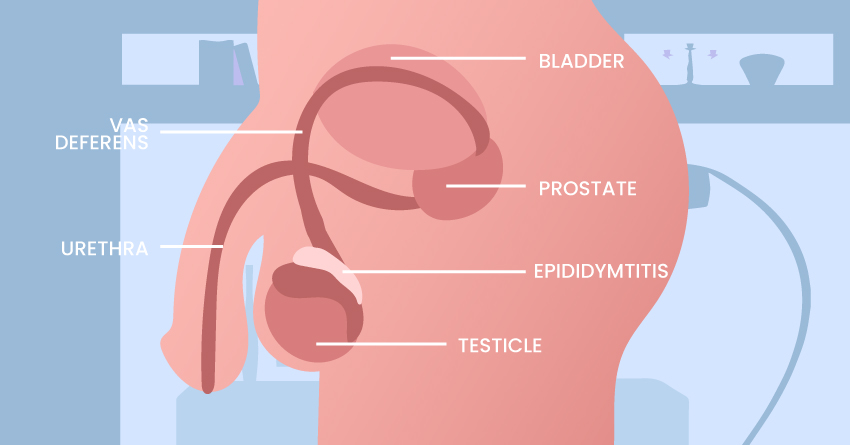
The epididymis is a duct that allows sperm to flow to the vas deferens. A vasectomy still allows sperm to flow from the epididymis to the vas deferens, but it may cause a backup because of the cut in the vas deferens. This can cause inflammation of the gland – that is called epididymitis. Pain and swelling are the symptoms typically associated with this condition. Epididymitis following vasectomy occurs in an estimated 1 to 3 percent of all men after a vasectomy.
The Vasectomy Process
If you plan to undergo a vasectomy, you would want to prepare and know what to expect. Your doctor should also walk you through everything. This portion will discuss how to prepare and expect recovery tips from a vasectomy during the actual surgery.
Preparation for Vasectomy
Before you undergo vasectomy, keep these tips in mind to ensure a smooth and comfortable operation:
1Discuss your concerns with your doctor.

Before performing a vasectomy, your doctor will arrange to have an in-depth discussion with you to ensure that this is the appropriate form of birth control for you. In your consultation with your doctor, be prepared to discuss the following:
- Vasectomies are permanent and is not the best choice if there’s a chance that you want biological children.
- The feelings of your partner about your decision to have a vasectomy.
- The recovery requirements after the vasectomy.
- The possible complications you may experience post-vasectomy.
- The other methods of birth control that you may want to take into consideration.
2Make time to limit physical activity.
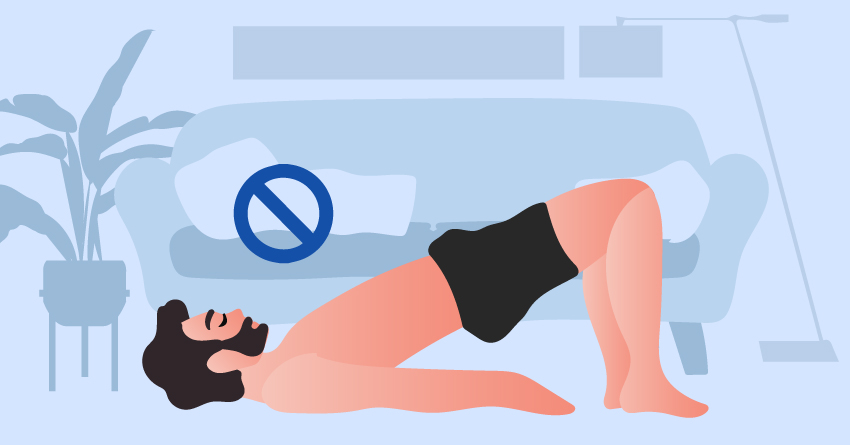
Do not strain yourself 24hours before the surgery. Try to rest before, and make sure that a few days after the surgery can be used to focus on your recovery. Schedule the days off work, and make sure there are no important events you’re going to have to attend. It’s best to allot 10 days of rest for a full recovery.
3Use a wet or dry razor to shave your pubic hair.

Your doctor’s instructions will likely include shaving your pubic hair. You won’t need to remove all hair in the pubic area. In general, doctors will ask you to shave any hair on the underside of your penis. Another portion to shave is the hair on the front of your scrotum. Doing this will keep hair out of the surgical area and allow your doctor to see the area much more clearly.
Use a dry or wet razor to shave the hair on the scrotum and 1-2cm up the shaft. Shave also the sides of the penis from the scrotum. There are times when doctors prefer that you wait and have the area shaved in the office just before the procedure.
4Take a shower before the procedure.
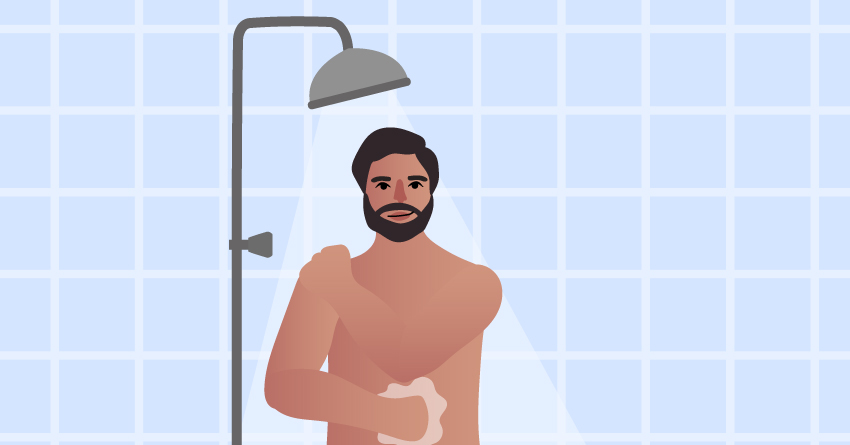
You will need to thoroughly wash your genital area with soap and water before your vasectomy. Taking a shower will help minimize the risk of infection in the incision. Your doctor may also ask you to shower the night before and the day of your vasectomy. Ideally, it would help if you showered or bathed right before you left for the procedure.
5Have a light meal.

Make sure to have a little food in your stomach before the surgery, but don’t be too full either. A light meal like salad and fruits or a noodle soup is ideal. Make sure to properly hydrate before the procedure, as well!
6Have someone with you to help you arrange for a ride home post-vasectomy.

Make sure to arrange for a ride to and from the hospital to avoid movement and pressure on the surgery area caused by driving. You could also bring someone with you to help minimize your movement, like getting your items after the surgery.
7Wear comfortable clothes on the day of the procedure.

You would want to be comfortable on the day of the vasectomy. If you tend to get sweaty, wear a t-shirt or a layer you can remove. You will need to have low activity after the procedure, so wear clothes that are easy to put on and remove.
8Bring supportive garments for post-surgery recovery.
In line with proper clothing, your doctor will also advise you to bring a clean jockstrap, compression shorts, or other supportive garments to wear after your vasectomy. Supporting the scrotum will help minimize swelling and improve comfort.
During The Procedure
You’ve prepared everything you need, and you’re about to undergo a vasectomy. Remember that your doctor will ensure to make the process as painless as possible with a local anesthetic. But besides that, here are the things to expect during an actual vasectomy procedure:
1The doctor will numb the surgery area with a local anesthetic.

As we mentioned earlier, the doctor will numb the surgery area for you to feel no pain in operation. They will perform this by injecting a local anesthetic into the skin of your scrotum with a small needle.
2The doctor will make a small cut at the upper part of your scrotum and locateyour vas deferens.
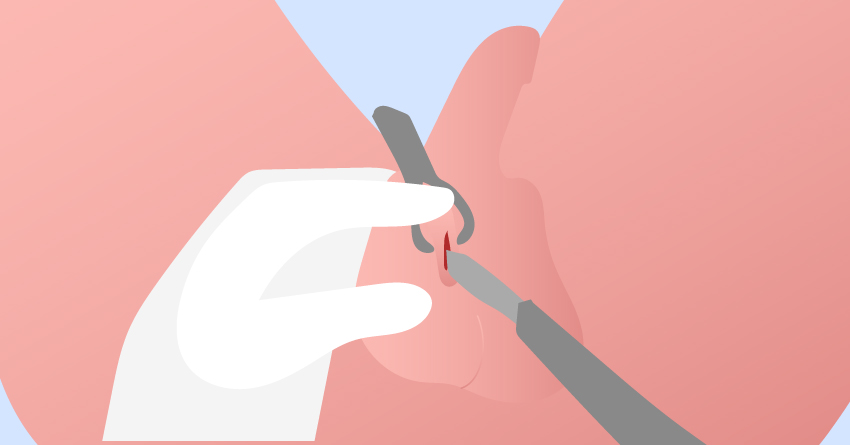
Next, the doctor will make a small cut (incision) in the upper part of your scrotum once the surgery area is numb. With the “no-scalpel” technique, the doctor will make a small puncture in the scrotum instead of an incision. They will then locate the tube that carries semen from your testicle (vas deferens).
3The doctor will seal the vas deferens.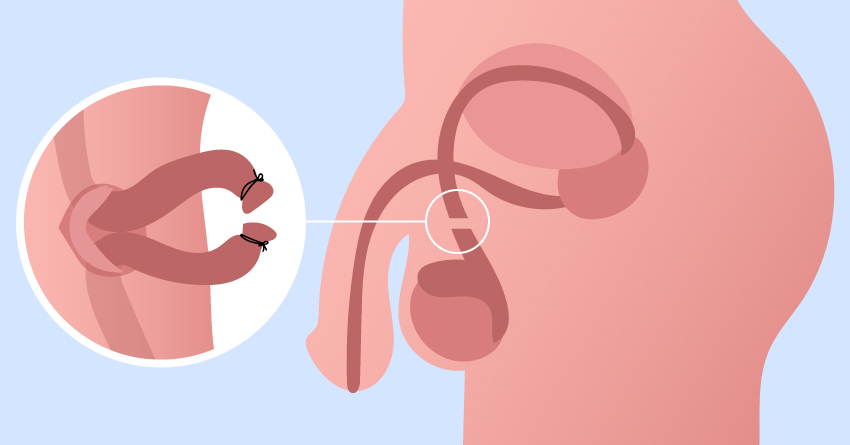
Once the doctor locates your vas deferens, they will withdraw part of the vas deferens through the incision or puncture. They will then cut the vas deferens where it has been pulled out of the scrotum—sealing the vas deferens by tying it, using heat (cauterizing), surgical clips, or a combination of methods. Then your doctor will return the ends of the vas deferens to the scrotum.
4The doctor closes the incision.
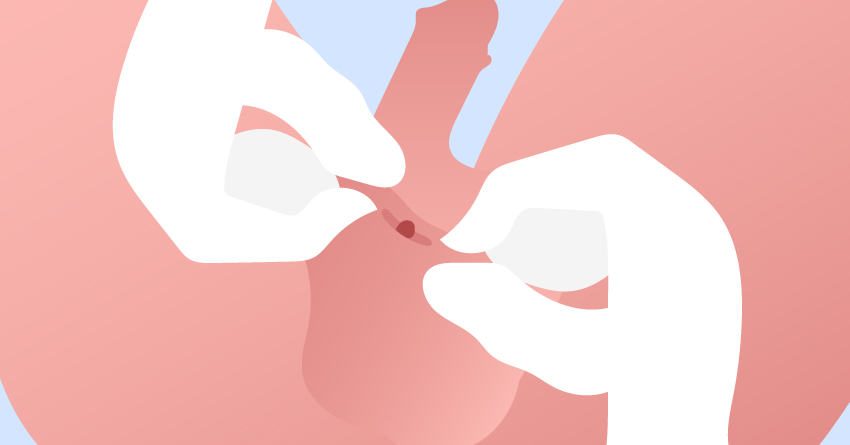
Finally, the doctor closes the incision at the surgery area. Stitches or glue may be used in this portion. In some cases, the doctor may leave the wound to heal or close on its own over time.
5The doctor will ask you to ejaculate 15 to 20 times before having unprotected sex.
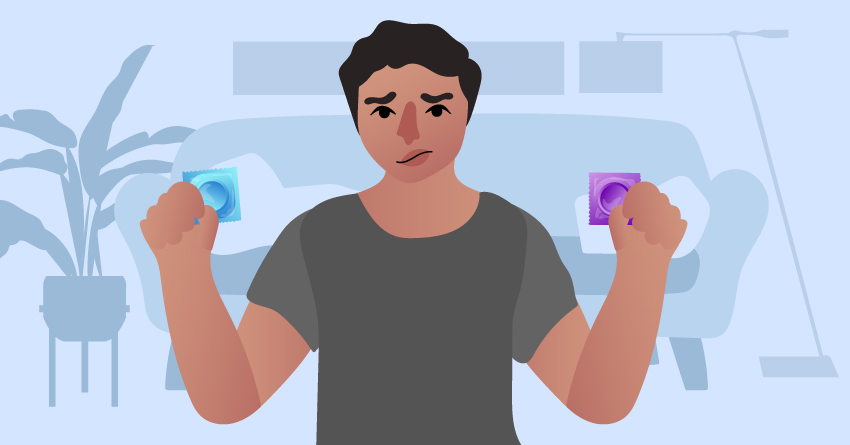
This comes as an assignment from your doctor post-vasectomy. This step is needed because you won’t be sterile immediately after your surgery. For many men, sperm is still present for a few months afterward. You’ll need to ejaculate 20 times or more before your semen is free of sperm. Your doctor will then analyze your semen six to twelve weeks after your vasectomy to check whether or not the procedure is successful.
Recovery Tips for Post-Vasectomy
Once you finish your procedure, there are still some things to follow for a full post-vasectomy recovery. Clarify things with your doctor and keep these tips in mind:
1Get rest for at least 7 to 10 days.

Minimize your activity and rest for at least the first 7 days, then resume activities as much as you can tolerate them. Avoid doing anything strenuous, like heavy lifting. You need 7 to 10 days of limited activity to make a full recovery.
2Apply iced packs gently on the surgery area.
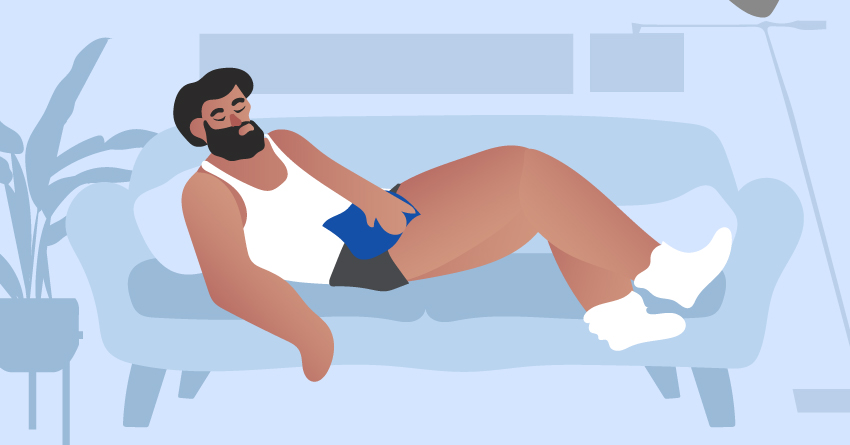
This is where the iced packs come in. You want something cold that you can mold around your testicles — not a heavy, blocky ice pack that rests on top. Do this for at least two days.
3Support your scrotum by wearing compression shorts.

Supportive clothing like compression shorts would be helpful for comfort the first couple of days after a vasectomy. As the surgery area heals, loose-fitting clothing like sweatpants is best until you feel comfortable in tighter clothes again.
4You will be tasked to have no sexual activity weeks after your vasectomy.

The doctor will advise you to avoid sexual intercourse or masturbation for a week or two to not disrupt the healing process. You will be able to have protected sex after the surgical area finally heals. Your doctor will notify you in your return appointment on exactly when you can engage in sexual activity. Before having unprotected sex and as we mentioned earlier, the doctor will also ask you to ejaculate 15 to 20 times or more to clear any sperm from your semen.
5Make sure to attend your return appointment after 6 to 12 weeks.

You will have a return appointment with your doctor 6 to 12 weeks after your operation. They will ask you to drop off a semen sample in a container. Your doctor will review your sample to check for sperm, and if none is detected, then the vasectomy worked, and you can count on it as your only form of birth control. Even if you don’t experience any complications, you must attend the return appointment to ensure a successful vasectomy.
Frequently Asked Questions

A vasectomy is made to be permanent. We understand that you may still have more questions about it and its effects, so we made this FAQ to address your queries:
1Is it possible to undo a vasectomy?
Yes, vasectomies are reversible. However, this doesn’t completely guarantee success in conceiving a child. Vasectomy reversal is possible even if many years have passed since the original vasectomy procedure — but the longer it has been, the less likely it is that the reversal will work.
2Where can a vasectomy be performed?
A vasectomy is possible in almost any health facility. You can get a vasectomy in places like clinics, health care centers, family planning, and private doctors’ treatment rooms.
3Do I need to use protection after my vasectomy?
Yes, you will still need to use protection for the first 3 months post-vasectomy. If your partner has been using a contraceptive method, she can continue to use it during this time. Remember that you still need to rest for 1 to 2 weeks post-vasectomy and ejaculate 15 to 20 times to clear out the sperm your semen fully.
4Will vasectomy protect me from Sexually Transmitted Infections (STIs)?
A vasectomy is an effective form of birth control. However, it won’t protect you or your partner from sexually transmitted infections, such as HIV/AIDS or chlamydia. For that reason, you should use other forms of protection such as condoms if you are at risk of acquiring a sexually transmitted infection — even after you have a vasectomy.
5Will a vasectomy affect my sexual performance?
A vasectomy won’t affect your masculinity or your sex drive in any way other than preventing you from fathering a child. Men have even reported higher sexual satisfaction after a vasectomy.
6Will the vasectomy stop working after a certain amount of time?
Generally speaking, no. Vasectomy is meant to be permanent. However, in rare cases, the tubes that carry sperm grow back together, and the man will require a repeat vasectomy.
7Will sex be uncomfortable after a vasectomy?
The first few ejaculations after recovery may be uncomfortable, but this will ease over time. If the pain does persist, consult your doctor for advice.
8Will the vasectomy cause me severe pain?
You may feel minor pain or tugging during the surgery, but long-term severe pain is rare. Likewise, you might have some pain after surgery, but the pain is minor for most men and goes away after a few days.
Takeaway
A vasectomy is a low-risk method of birth control, and it doesn’t directly affect your sexuality or cause impotence. The male body’s process of orgasm is entirely unrelated to the procedure. If you are to undergo this procedure, make sure to clarify and consult with your doctor. We genuinely hope this article tackling what a vasectomy is has helped you.
For more articles like this, head on over here on the Lauvette blog!






